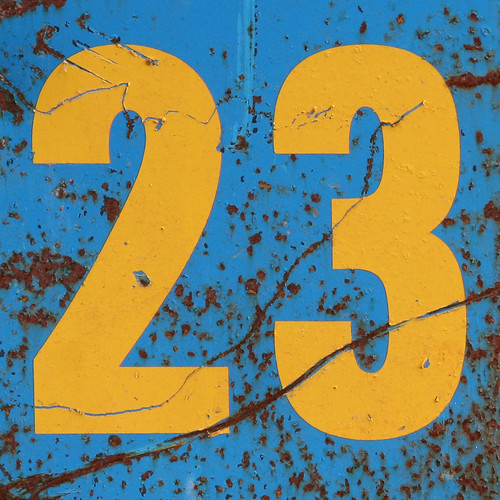There was an interesting article in The Age newspaper the other day titled Teachers Online eLearning Mocking Fears, which was basically about some tensions being felt at some Australian universities between students who were asking (or demanding) that lectures be recorded and placed online, versus lecturers who were resisting this idea because they feared that students would capture, remix and republish their mistakes using social media. The lecturers in question did not want their “mistakes” being made public to the world. You can read the whole article for yourself.
But to me, it begs the following line of reasoning…
IF
the nature of a “lecture” is simply the delivery of information…
AND
the students want to be able to watch a recording of the “lecture” at their leisure…
AND
lecturers are concerned about producing a “perfect”, mistake-free lecture…
THEN
why don’t lecturers just create a prerecorded version of the lecture, without mistakes or gaffes, cleanly edited to their satisfaction…
AND
just publish it online for students to watch…
BUT
if they can reduce their lectures to a recording…
THEN
why have the lecture in the first place?…
IF
all students need is the prerecorded content?…
THEN
does this mean lecturers can lecture effectively using prerecorded video?
AND, IF SO,
can learning (at least via a lecture style presentation) be reduced to something as simple as “watching television”?
I learn a lot by watching video, and I think it’s a great way to develop understanding of Just-In-Time key concepts. I’ve no doubt that video podcasts, documentaries, YouTube clips, etc, are a great way to learn. But you have to ask the question… If a recording of a lecture is as good as going to the lecture, then why have the actual lecture? Are concepts like iTunes U, or TED Talks, or the Kahn Academy, or even YouTube, far more potent than we give them credit for?
Or perhaps it’s a case that any lesson that can be effectively summed up in a recorded video, should be….

